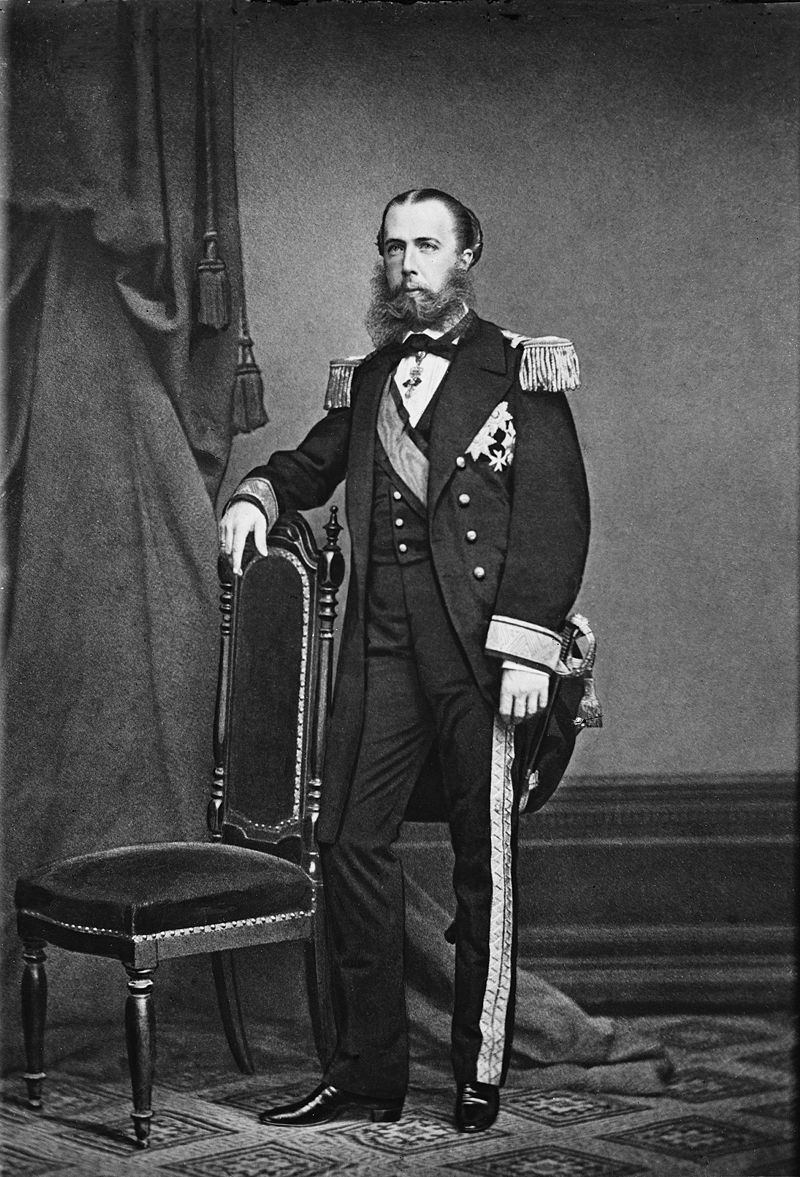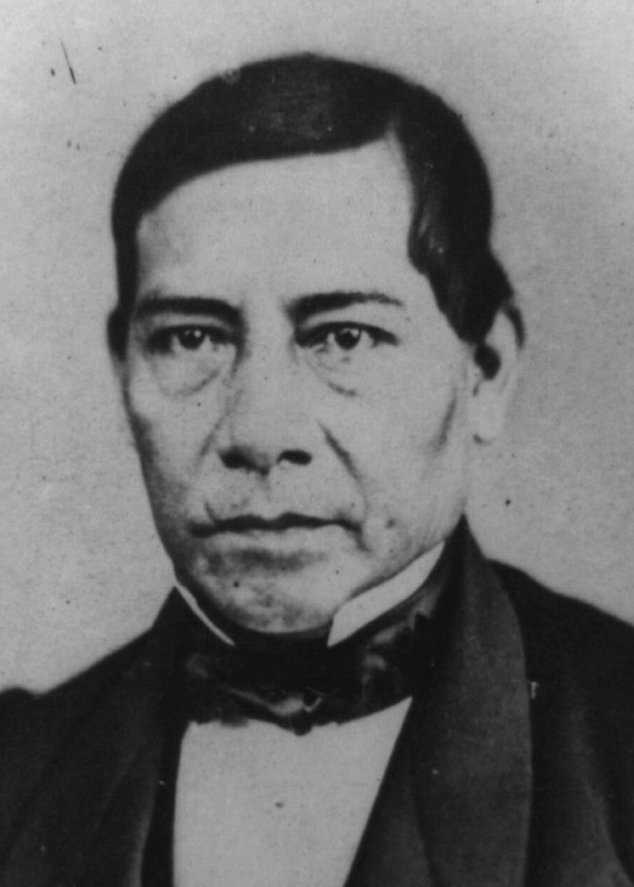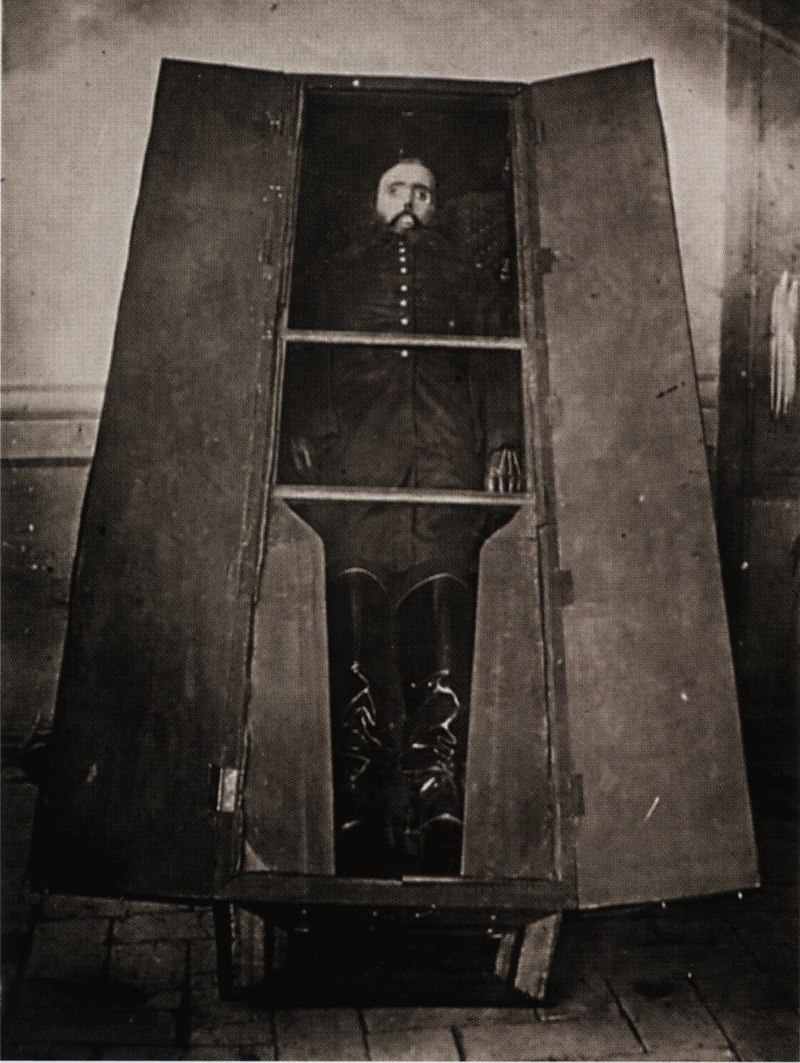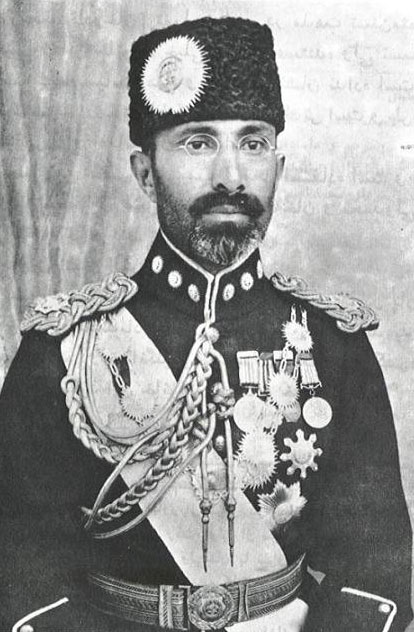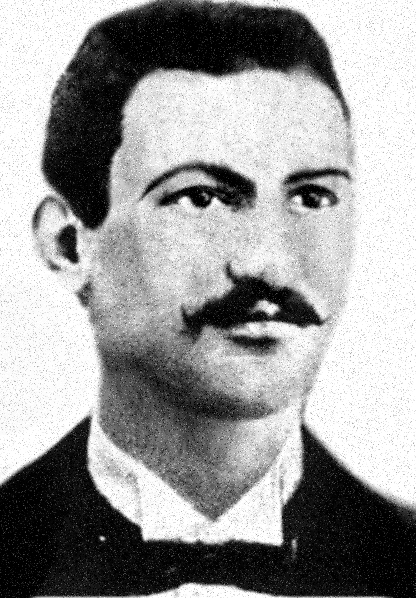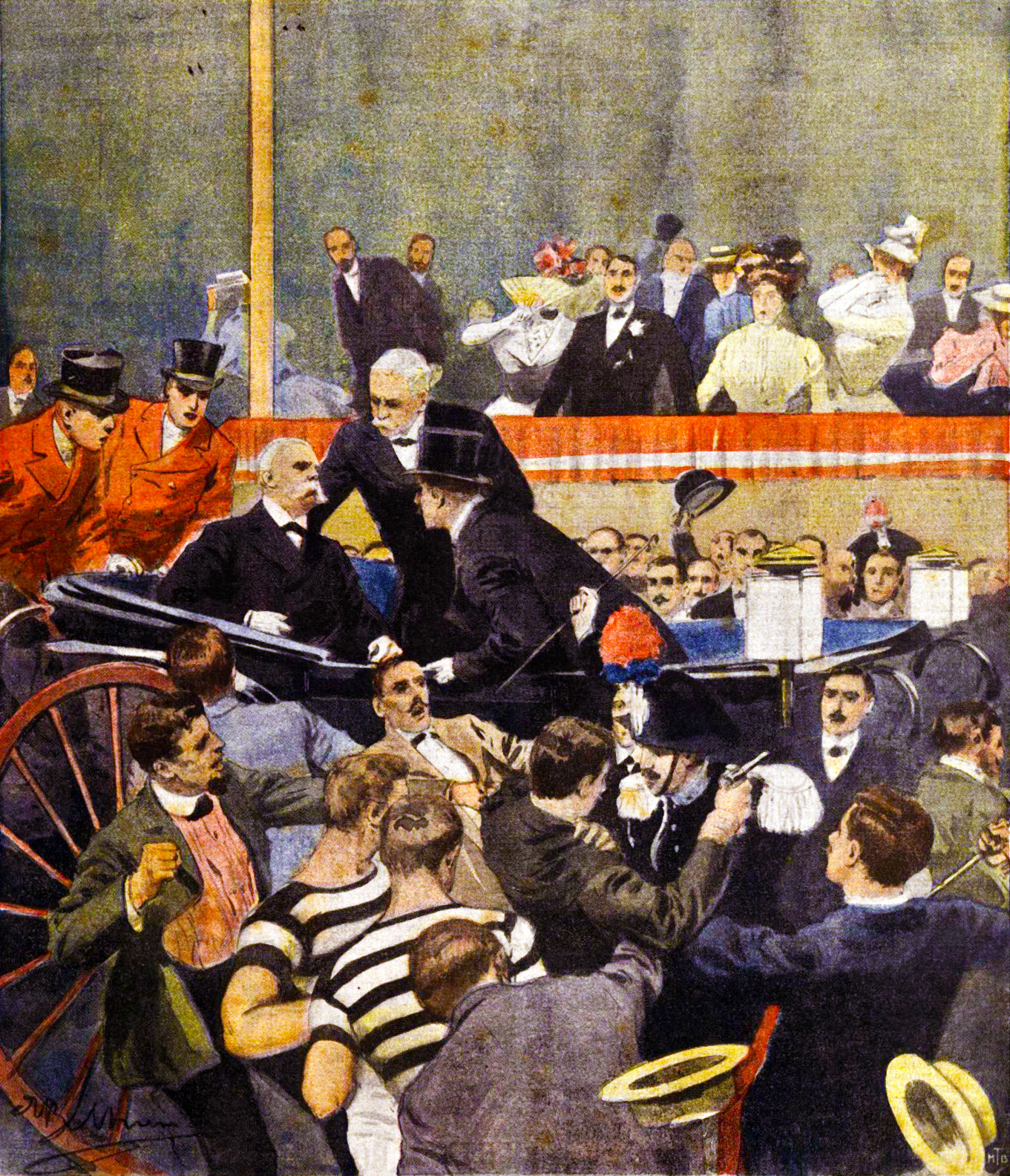by Scott Mehl © Unofficial Royalty 2020
Louise de la Vallière was the mistress of King Louis XIV of France from 1661 until 1667. She later entered a convent, becoming Sister Louise de la Miséricorde (Sister Louise of Mercy) until her death in 1710.

Louise de La Vallière – source: Wikipedia
Louise Françoise de La Baume Le Blanc was born on August 6, 1644, at the Hôtel de la Crouzille in Tours, France. She was the daughter of Laurent La Baume Le Blanc, Marquis of La Vallière and Françoise Le Provost.
Following her father’s death in 1651, Louise’s mother was remarried to the Marquis de Saint Rémy, who served in the court of the Gaston, Duke of Orléans, son of King Henri IV of France. Louise became a companion to the Duke’s three younger daughters and was educated alongside them. After the Duke died, Louise accompanied the widowed Duchess and her daughters to Paris where they took up residence at the Palais de Luxembourg.
Soon, Louise became a Maid of Honor to Princess Henrietta Anne of England, the wife of Philippe I, Duke of Orléans, the brother of King Louis IV of France. Henrietta then presented Louise to King Louis XIV, and within months she had become his mistress. Although discreet, their relationship soon became well-known within the French court, causing Louise much distress. She continued to serve as a Maid of Honor to Princess Henrietta, which caused a falling out with the King in 1662. Louise refused to reveal any information to him about the Princess’s alleged affair with the Count of Guiche and fled to a convent before King Louis XIV convinced her to return. Pregnant with her first child, Louise was removed from service to the Duchess, and given apartments in the Palais Royal. Over the next five years, gave birth to five children – only two of whom would survive:
- Charles de La Baume Le Blanc (1663-1665)
- Philippe de La Baume Le Blanc (1665-1666)
- Louis de La Baume Le Blanc (1665-1666)
- Marie Anne de Bourbon (1666-1739) – legitimized by the King in 1667, and later married to Louis Armand de Bourbon, Prince of Conti
- Louis de Bourbon (1667-1683) – legitimized by the King in 1669, created Count of Vermandois
After the birth of her daughter Marie Anne in 1666, the relationship between Louise and King Louis XIV began to change. Much of this was due to the return to the court of Madame de Montespan who quickly drew the King’s attention and replaced Louise as his favorite mistress.

Marie Anne de Bourbon, later Princess of Conti. source: Wikipedia
In 1667, King Louis XIV legitimized their daughter Marie Anne, known as Mademoiselle de Blois, and created Louise Duchess de La Vallière and Duchess de Vaujours. This allowed Louise a greater position at court. However, she would not remain there for much longer. She gave birth to their last child Louis de Bourbon in October 1667. During the next several years, Louise remained at court, sharing apartments with Madame de Montespan, but her relationship with King Louis XIV was long over. Two years later, King Louis XIV legitimized their son, creating him Count of Vermandois.
By 1670, having been forced to remain at court and live with the King’s new mistress, Madame de Montespan, Louise became ill and at one point was near death. Upon recovering, she sought solace in religion, and the following year, decided to leave the court and enter a convent. However, King Louis XIV forced her to return for several years. Finally, in 1674, she was permitted to leave the court and entered the Carmelite convent in Faubourg-Saint-Jacques. She took her vows the following year, becoming Sister Louise de la Miséricorde.
Louise remained at the convent until her death, 35 years later, on June 6, 1710. Per her wishes, she was buried in the convent cemetery. By that time, she was survived only by her daughter Marie Anne, who inherited the Duchies of La Vallière and Vaujours and Louise’s entire estate.
This article is the intellectual property of Unofficial Royalty and is NOT TO BE COPIED, EDITED, OR POSTED IN ANY FORM ON ANOTHER WEBSITE under any circumstances. It is permissible to use a link that directs to Unofficial Royalty.








